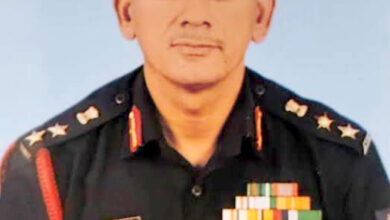Indian Army to Observe 2024 as the “Year of Technology Absorption”
By R. Anil Kumar
-
India is an aspiring super power. To achieve its destined place among the elite armies of the world it requires to modernise its armed forces.
-
The desire to modernise is also propelled by the continuous threat from its immediate neighbourhood. The continuing clashes over unresolved boundary disputes with China and Pakistan, terrorism in Jammu and Kashmir, insurgency in the North Eastern states, the uncontrolled menace of leftwing extremism, and the rising challenges from urban terrorism has further complicated India’s security environment. To fight a modern day war it must have modern day weapon.
-
Experts in the field feel that “Ideally any country should have 1/3rd of its military hardware of vintage origin, 1/3rd should be state of the art and the balance should be futuristic”.
-
With an intention to speed up the pace of modernisation of the existing military equipment many policy decisions and actions have been taken by the government to overhaul the entire war machinery of our country. The focus is both on acquiring the latest military hardware from the international market more so, also to manufacture them indigenously.
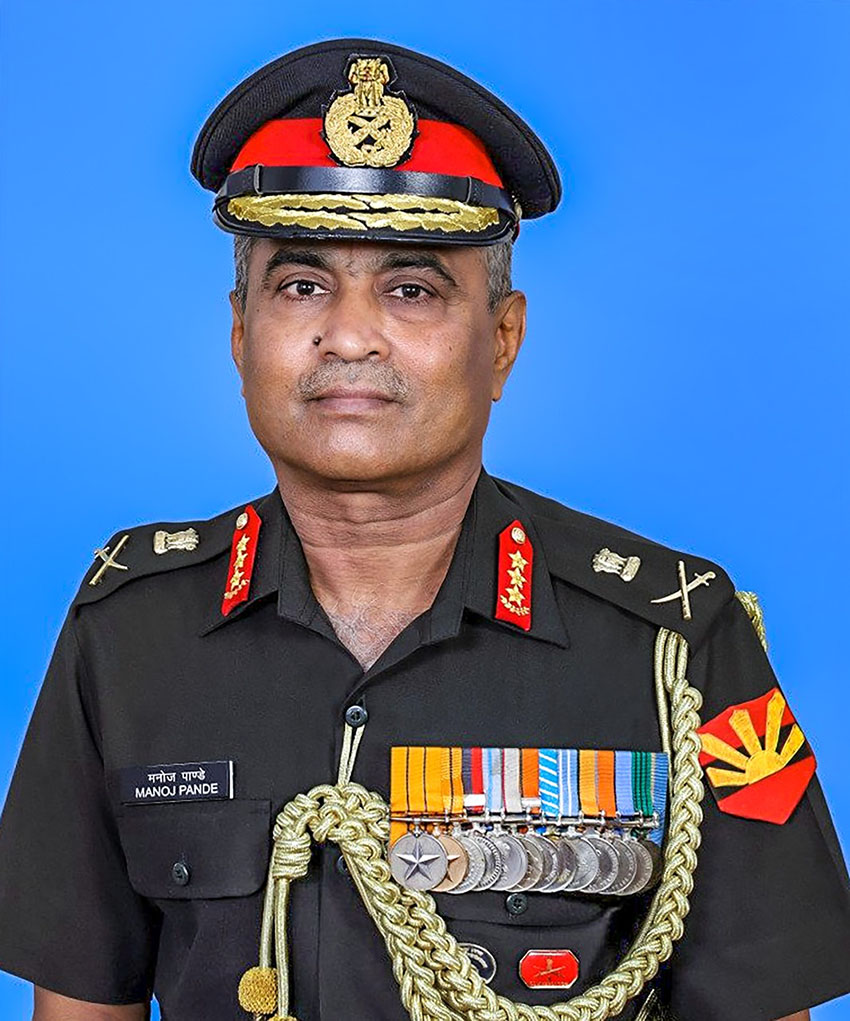
Bangalore, January 14. A strong and well-equipped military provides a country the immunity to resist attack and thwart unprovoked aggression from external sources and deal with any kind of internal disturbance. It works as a defence mechanism and reflects the country’s military capability and capacity to defend itself against the hostile countries.
Equipping the military with the latest technology and modernising the existing inventory of weapons and surveillance systems is therefore crucial for any country.
India too needs to build a strong military force armed with all types of technologically advanced defence equipment to strengthen its security and intelligence and to secure its territorial integrity.
The technological advancement has led to development of very sophisticated weapons and many countries are now in possession of such weapons. These include ballistic missile systems, nuclear powered submarines, stealth fighter airplanes, Unmanned Aerial Vehicles, etc. For tackling any kind of untoward happening, any country requires a robust and a modernised defence and security framework.
Therefore, along with procuring new defence products, emphasis should be laid on doing it in such a manner that the weapons system does not become obsolete in a few years.
Further, such products should be capable of being upgraded without much hassle. Any country cannot side-line the modernisation aspect as it holds the key to managing any form of unexpected aggression: internal or external.
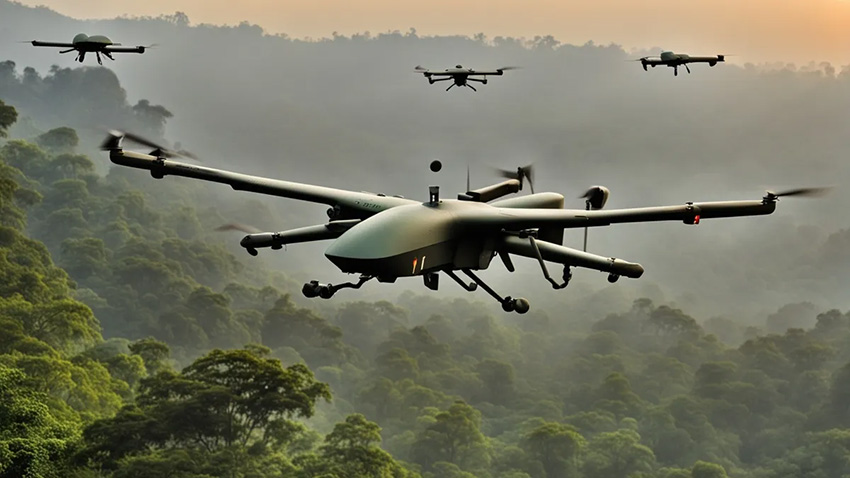
In the current geopolitical situation, it has become vital for India to maintain its regional autonomy. India needs to assert its presence and sovereignty over the border regions and for that, it needs to have modernised defence products and strategic autonomy over such defence products. This strategic autonomy can be achieved by having a self-reliant defence industry which would ultimately strengthen the Indian economy as well.
It is the need of the hour to increase the indigenous defence production to meet the requirements of the armed forces along with putting lesser burden on the exchequer.
India requires an overhaul of its defence products to meet the current requisites of modern warfare. To create a robust security framework India needs to strengthen its surveillance system which requires inducting of modernised radars and drones so that suspicious activities and trespassing at the border areas could be detected at the earliest.
India also needs to understand that it cannot always depend on the emergency purchases of defence equipment during the times of crises, which has been seen during the recent border clashes with Chinese troops and the rising tension along the northern borders.
This has forced accelerated domestic and foreign purchase of weapons,however relying on the imports for emergency purchases leads to excessive spending.
Aiming to make India a manufacturing hub is a step taken in the right direction under the ambit of ‘Aatmanirbhar Bharat Abhiyan’, by the present government under the leadership of Prime Minister Narendra Modi.
Promoting investments in research and development and production in the defence sector will prove to be significant in enhancing the manufacturing of defence products.
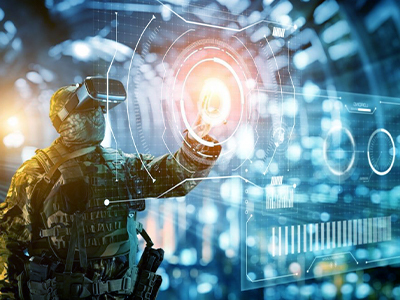
“Aatmanirbhar Bharat” in the defence sector will reduce dependency on imports which will lead to a reduction in the foreign exchange expenditure and enhance the level of operational preparedness considerably.
Indian Army in this endeavour of modernisation of its Force will observe 2024 as the “Year of Technology Absorption” as it’s trying to gradually mature into a modern force that will have a new operational philosophy for induction of drones and counter-drones systems right across infantry, artillery and armoured battalions, and establish Command Cyber Operations Support Wings (CCOSWs), besides bridging other conventional asymmetries.
The Army’s new pitch is an attempt to grow out of previous declaration of making 2023 as the “Year of Transformation” that saw moves such as reorientation of its arms like that of artillery, induction of fresh human resource through Agniveers, downsizing of some verticals and tech-infusion.
Technology as catalyst
At the annual press conference held on the 11th of January, Army Chief General Manoj Pande told reporters that “The Indian Army shall be observing the year 2024 as the Year of Technology Absorption.
This theme underscores our commitment to leverage technology as a catalyst for transformative change, as well as to utilise in-house expertise to innovate solutions to our operational and logistic requirements and give shape to these projects in collaboration with the domestic defence industry.”
Indianise to Modernise
It would rest on five clear areas to map future technology given that the Army is inching ahead with slogan — “Indianise to Modernise”.
A new operational philosophy has been brought in for handling of drones and counter drone systems at the level of infantry, artillery and armoured battalions, he said. He, however, ruled out raising a dedicated force for tech handling.
Likewise, Command Cyber Operations Support Wings (CCOSWs) are being established, which are special sub units to augment cyber capability, said General Pande.
“CCOSWs are being organised in four verticals; Computer Emergency Response Team to meet the emergency response, Cyber Security Section to audit Computers & Networks, Security Operations Control for Monitoring & analysis of Networks and Test & Evaluation Section for testing of new applications, softwares,” Chief of Army Staff said.
SAMBHAV Hardware
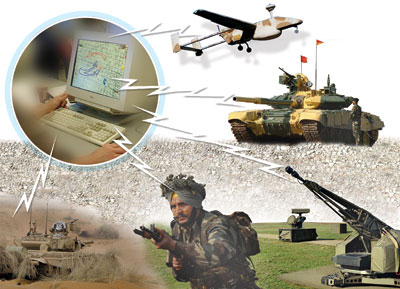
The Army has already inducted 2500 Secure Army Mobile Bharat Version (SAMBHAV) handsets which has multi-layered inscription and are 5G compliant said General Pande.
Developed in-house in close collaboration with National Centres of Excellence and industry, the Army’s requirement is about 35000 SAMBHAV handsets which would be distributed to officials handling sensitive assignments.
Giving an update on acquisitions, the Army Chief said, 37 project approvals worth ₹74,000 crore have been obtained so far while 86 contracts were signed which are valued at Rs 12000 crores.
The major projects Army is looking ahead is induction of 350 light tanks, whose requirement was felt during the Galwan face off with China in May 2020. The Request for Proposal (RFP) would be out in some time, the Army Chief said.
“We have identified 355 Army posts from where we have asked for 4G connectivity with the telecom ministry.
Infrastructure also has to do with forward airfields, villages and helipads. We are also working on underground storage. Regarding the infrastructure along the LAC, we are progressing in all domains” the Army Chief said.
The Army is also trying to create a pool of specialist officers through Territorial Army. Over the past year, five officers were commissioned as Mandarin Linguists for better understanding and decoding of lingua franca of China.
On similar lines, cyber experts shall also be inducted into the TA by way of civil-military infusion, he stated.


